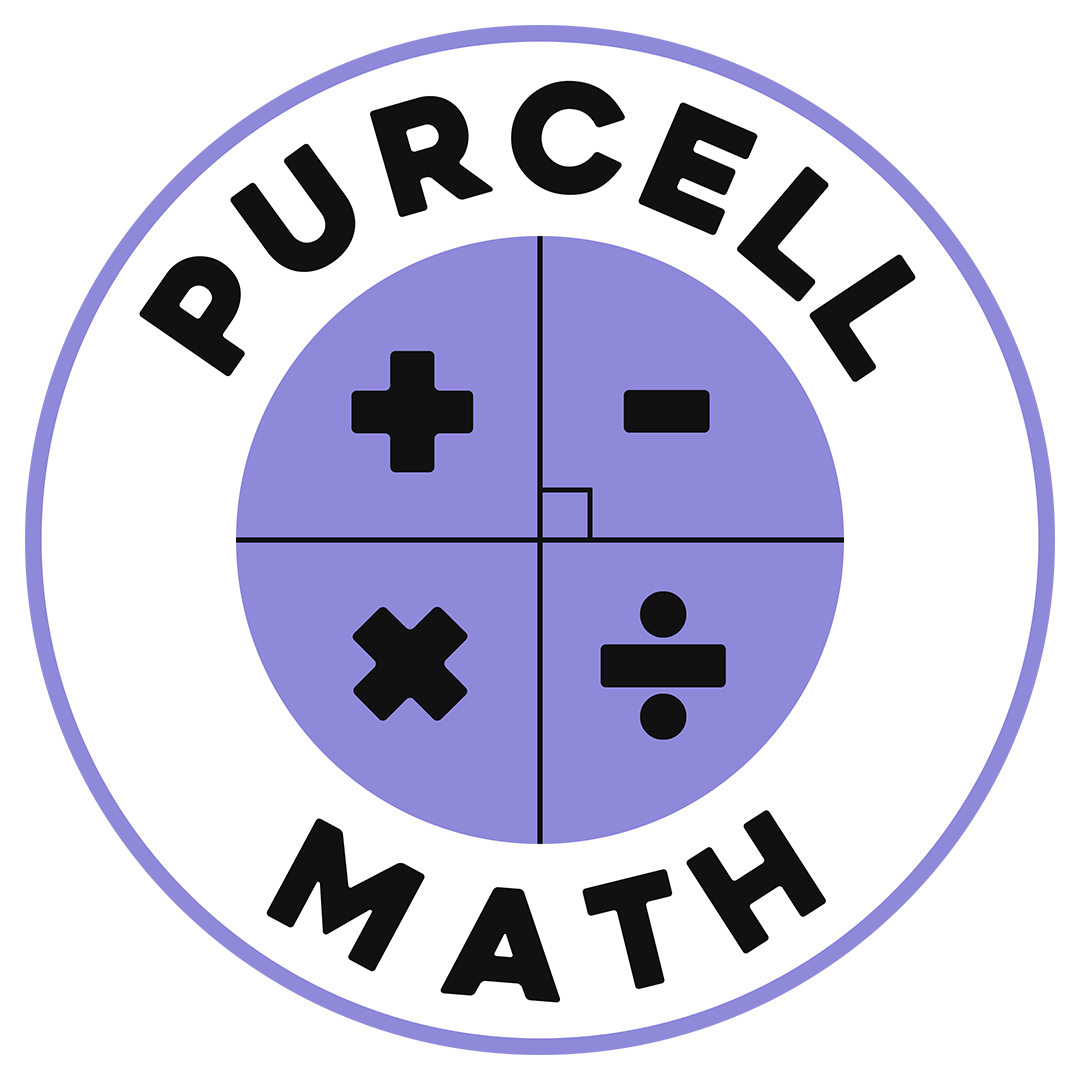Your cart is currently empty!
Laws of Exponents G7
Introduction:
If an all cubed is a power of a, then 3 is the exponent and a is the base. The following laws of exponents hold true.
Power of a power: a with exponent m raised to the exponent n equals a with exponent mxn.
Power of a product: a with exponent m x B with exponent n equals axb with exponent mxn.
Power of a quotient: a with exponent m / b with exponent n equals a with exponent m-n.
Negative exponent law a with exponent-1 equals 1/a.
Zero exponent law. a with exponent 0 equals a/an equals 1.
Example 1: simplify x cubed all squared and 3 with exponent 5 /3 cubed.
Solution 1: x cubed all squared equals x with exponent 3×2 or x with exponent 6. 3 with exponent 5/3 cubed equals 3 with exponent 5-3 or 3 squared equals 9.
Example 2: find the value of 2 with exponent -1 – 4 with exponent 0.
Solution 2: 1/2 -1 equals -1/2.
Example 3: prove the zero exponent law.
Solution 3: a with exponent 0 equals a/a which equals a with exponent 1-1. Which equals 1.
Example 4: evaluate 4 exponent 25/8 exponent 16.
Solution 4: write each base with a base of. 2. Therefore 2 squared exponentt 25/2 cubed exponent 16 equals 2 exponent 50/2 exponent 48 equals 2 squared which is 4.
Conclusion:
The laws of exponents can be used to simplify powers or evaluate powers as shown in the examples above.

Contribute to the Formula